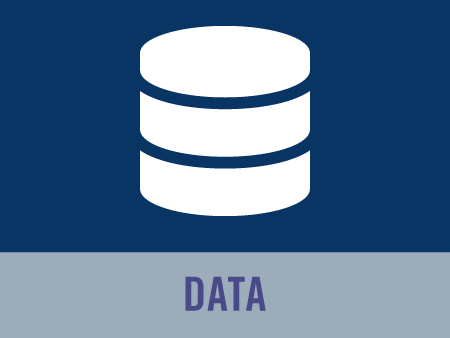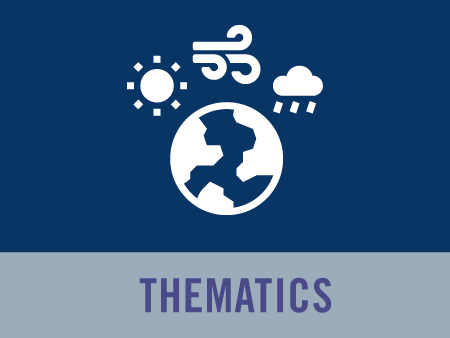2007 Arctic sea ice melting: new record
The month of September of this International Polar Year is marked by a record : Arctic sea ice has hit its lowest value since the beginning of satellite observations exist (almost 30 years).
CERSAT distributes daily sea ice extent and concentration data (local percentage of the ocean surface covered by sea ice). Satellite measurements provide the only set of measurements with global coverage.
IFREMER/CERSAT analyses the 12.5 km resolution data from the US SSM/I sensor since 1992. The study of this times series shows that since 2002, sea ice area is lower than during the 1990?s. In 2005, the previous historical record was reached, with a minimum sea ice extent of 5.4 millions km² in September. On average, during the last 15 years, more than the size of Belgium disappears each year.
In 2007, a month before the yearly minimum period, that value was recorded as early as mid-August, and the North-West passage is completely free of ice.
On September 17th, 2007, a new record was set for the minimum ice covered area with 4.2 millions km² only (area with more than 15% sea ice concentration) corresponding to 3.5 millions km² of effective sea ice coverage. This extent is 1.2 millions km² below the 2005 record (twice the size of France). Relative to the 1992-2006 climatology, the sea ice lost could cover France, Germany, Belgium, Switzerland, Austria, Spain, and Italy together.
Figure 1 shows that Beaufort area, Chucki sea and the North of Siberia area are ice free, up to 84°N. Sea ice is connected to Russia via the Taymyr peninsula. Arctic sea ice is at the North of Canadian archipelago and Greenland.
Figure 2 presents the evolution of daily total sea ice area during April-October period for the last three years and a climatological year 1992-2006.
See data : ftp://ftp.ifremer.fr/ifremer/cersat/products/gridded/psi-concentration/










